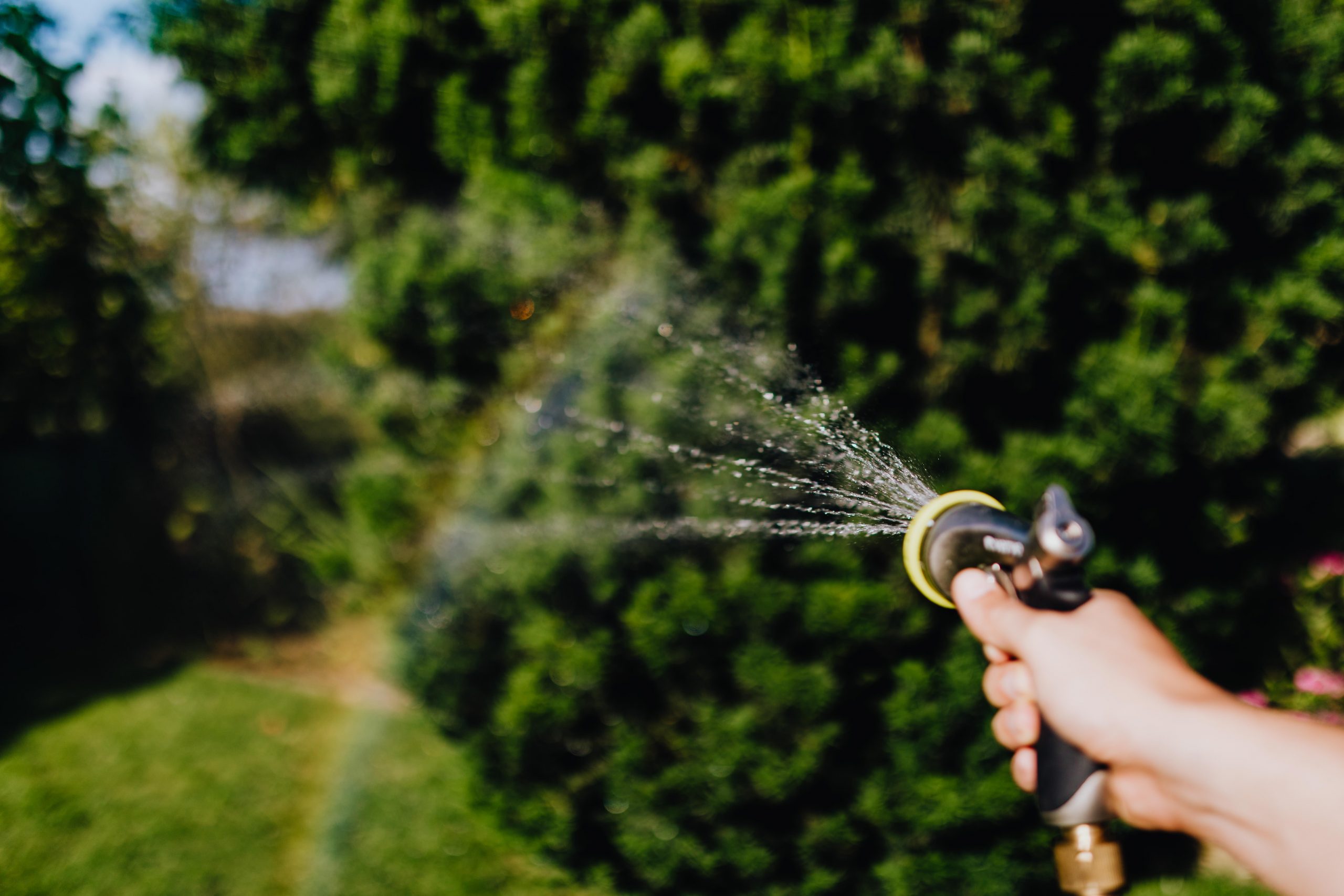Did you know that in a world full of remarkable medical breakthroughs, there exists a category of cancers so rare that they seem to hide in the shadows? Cancer, a notorious adversary in our lives, can manifest in countless forms, some more elusive than others. Today, let’s embark on a captivating journey to discover the rarest cancer in the world.
Unraveling the Mystery: The Quest Begins
Cancer, as we know it, is a complex and formidable foe. However, there are some rarities that manage to conceal themselves in the vast landscape of this affliction. These rare cancers, with their extremely low incidence rates, often pose unique challenges to medical professionals and researchers.
Treating and studying these cancers proves difficult due to a lack of available data and resources. Nonetheless, this article endeavors to shed light on the rarest cancer of them all.
Introducing Angiosarcoma: The Hidden Peril
Through the thick haze of silent adversaries, one cancer stands out as the true enigma – Angiosarcoma. Originating from the cells that line the blood vessels and lymphatic channels, this rare cancer accounts for less than 1% of all soft tissue sarcomas diagnosed worldwide [^1^]. With its ominous presence and scarcity of cases, Angiosarcoma always leaves oncologists perplexed.
The Elusive Nature of Angiosarcoma
Angiosarcoma can strike anyone, at any age, without bias. It often targets the skin and soft tissues, lurking beneath the surface. Its elusive nature makes early detection tremendously challenging. By the time symptoms present themselves, the disease has frequently progressed to an advanced stage, making successful treatment even more arduous.
Chasing Shadows: The Symptoms
Identifying Angiosarcoma demands vigilance and awareness. Some key symptoms include the appearance of purplish-red nodules or patches on the skin, unexplained bruises, and persistent pain in the affected area. Unfortunately, these symptoms are not exclusive to Angiosarcoma and can often mimic other, less severe conditions.
The Quest for Answers: Treatment Options
In the battle against Angiosarcoma, the quest for effective treatment remains a pressing challenge. Due to its rarity, no established standard of care exists. Treatment plans are tailored to each individual patient, often combining surgery, radiation therapy, and chemotherapy. However, the efficacy of these methods varies significantly, leaving ample room for further research and innovation.
A Beacon of Hope: Research and Awareness
Acknowledging the dire need for progress, researchers and medical professionals around the globe are joining forces to unravel the mysteries surrounding Angiosarcoma. Studies exploring the genetic makeup of this rare cancer, as well as immunotherapies, targeted therapies, and clinical trials, offer a glimpse of hope in an otherwise disheartening scenario.
Frequently Asked Questions
Here are some frequently asked questions about Angiosarcoma:
-
Is Angiosarcoma treatable?
While progress has been made in treating Angiosarcoma, it remains a challenging cancer due to its rarity. Aggressive treatment options are available, but success rates vary. -
What causes Angiosarcoma?
The exact cause of Angiosarcoma is unknown. However, factors such as exposure to radiation, certain chemicals, and genetic predisposition have been linked to its development. -
Can Angiosarcoma be detected early?
Early detection is often difficult due to the vague and non-specific symptoms. Regular check-ups, body awareness, and open communication with medical professionals are crucial in early detection efforts. -
Is Angiosarcoma hereditary?
In most cases, Angiosarcoma is not inherited. However, certain genetic conditions, such as familial retinoblastoma, may increase the risk. -
Are there any support groups for Angiosarcoma patients?
Yes! Support groups, both in person and online, offer a valuable network of individuals facing similar challenges. They provide emotional support, information sharing, and a sense of belonging throughout the journey.
As we conclude our expedition into the realm of rare cancers, we are reminded of the countless battles being fought against these elusive foes. Though Angiosarcoma may be the rarest cancer in the world, our commitment to raising awareness, funding research, and providing support to those affected is unwavering.
Only through collective efforts can we transform the unknown into the known, the rare into the understood, and the devastating into the conquerable.
[^1^]: Source: American Cancer Society


